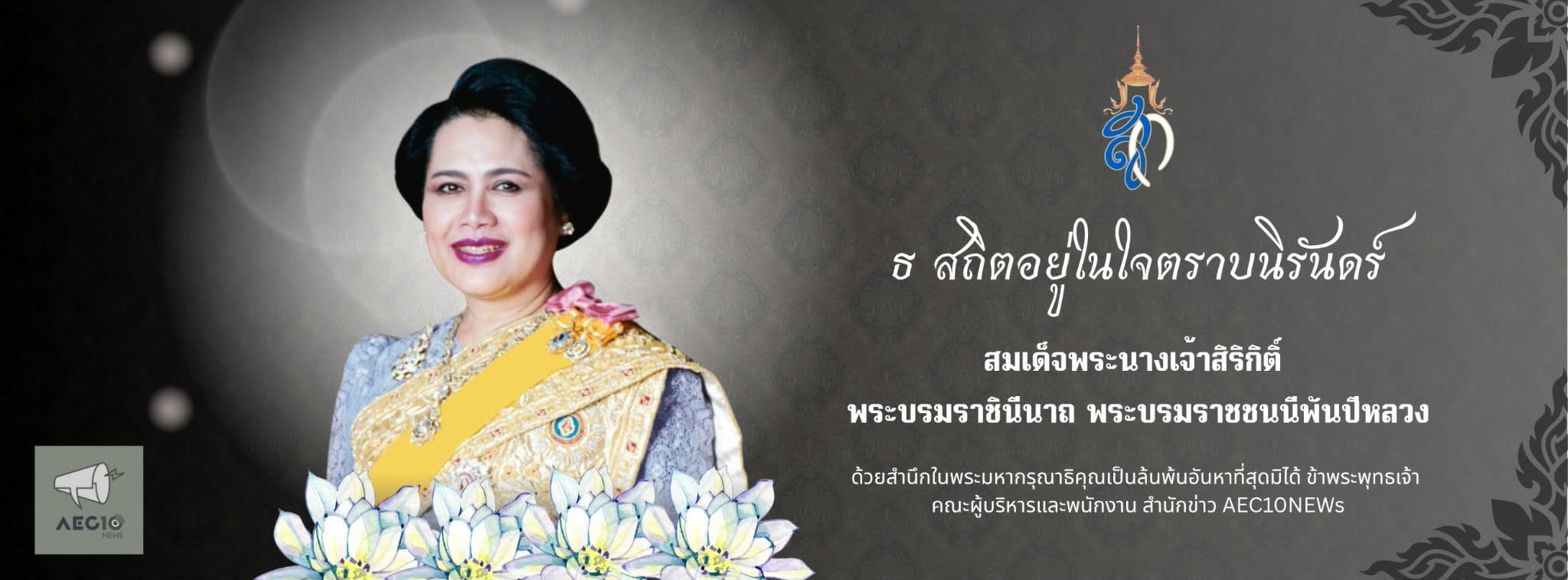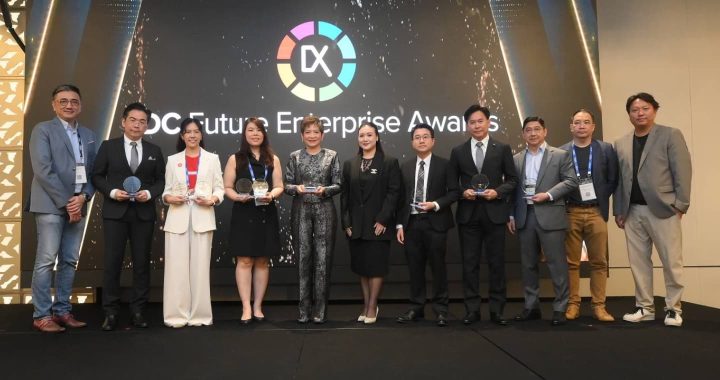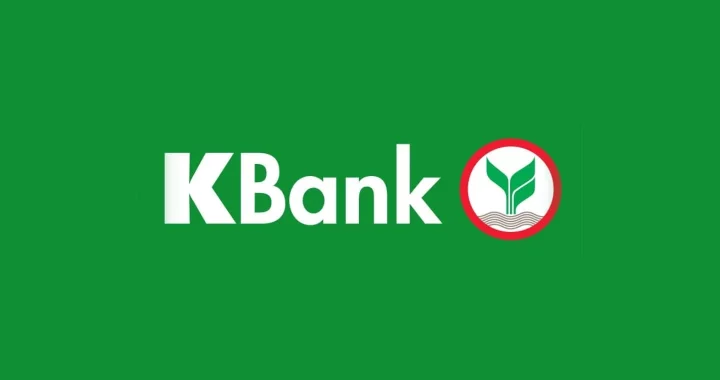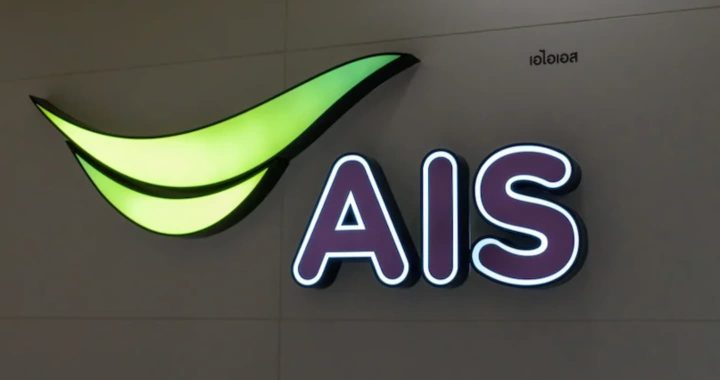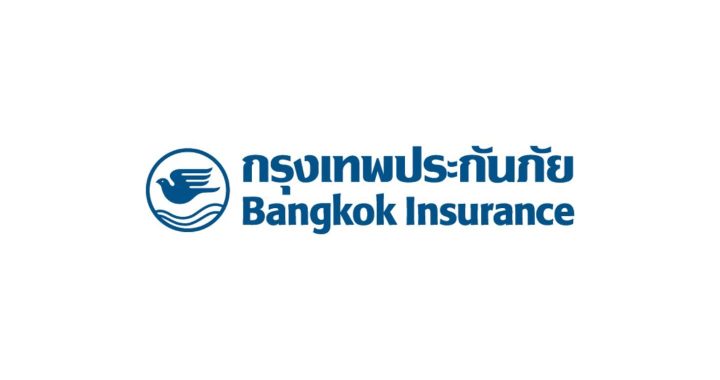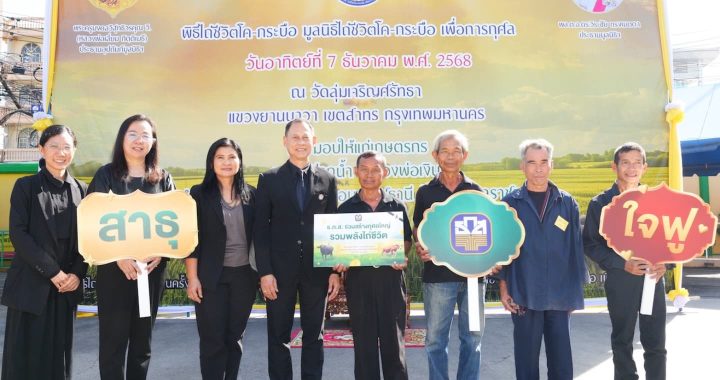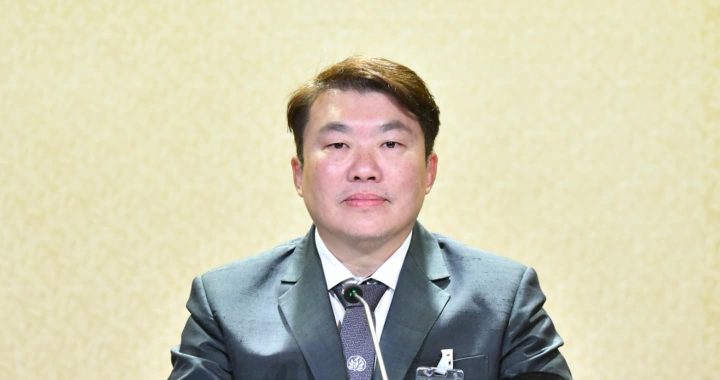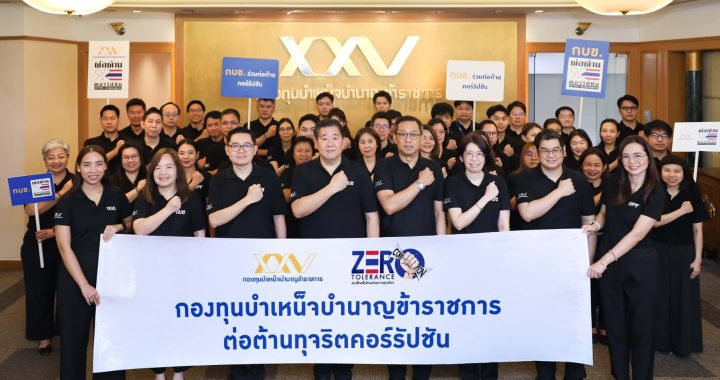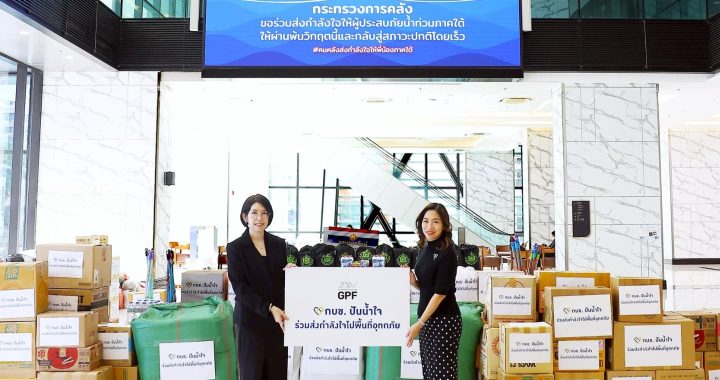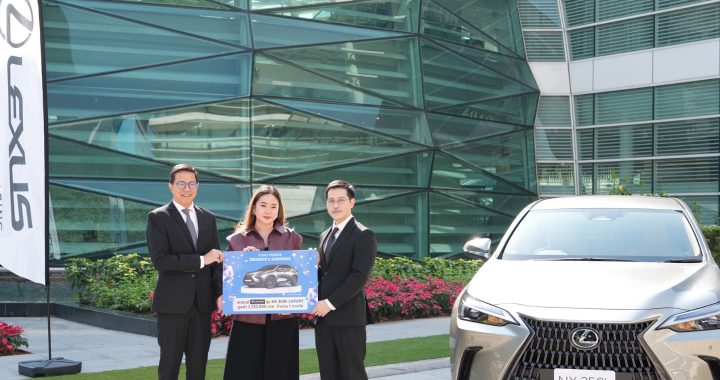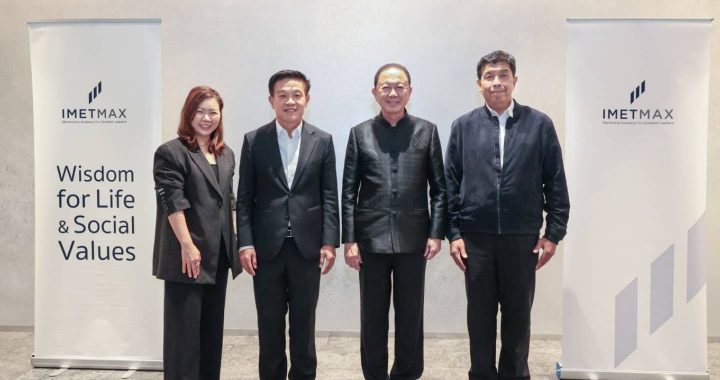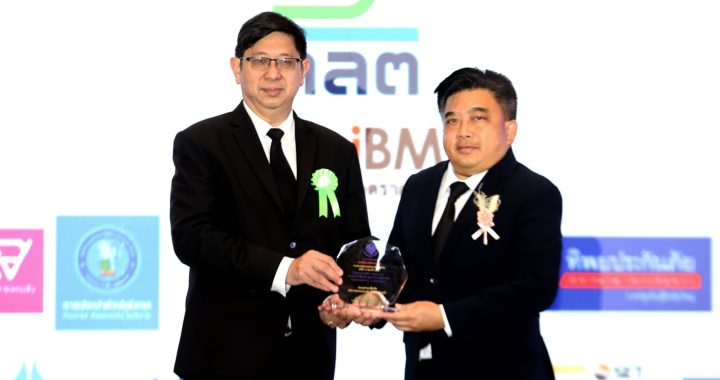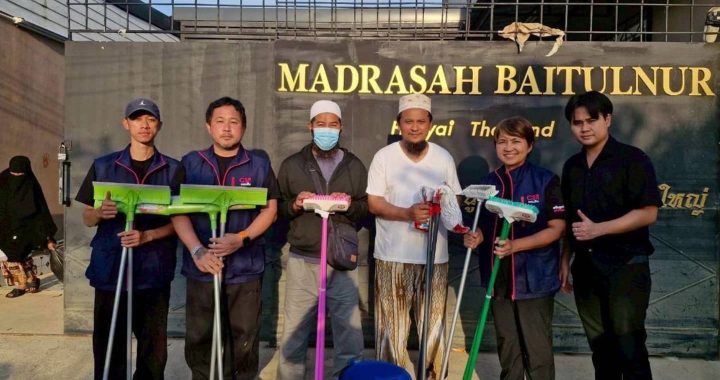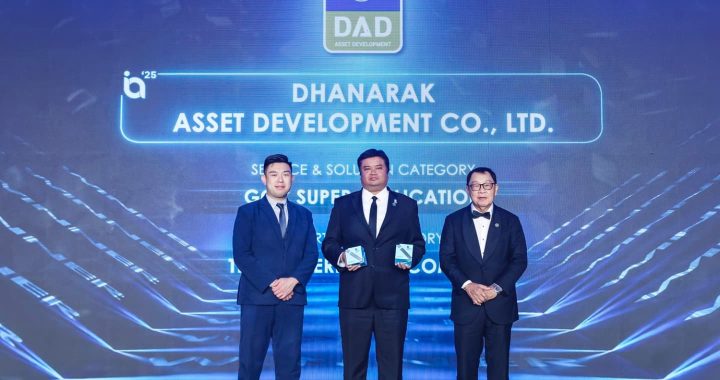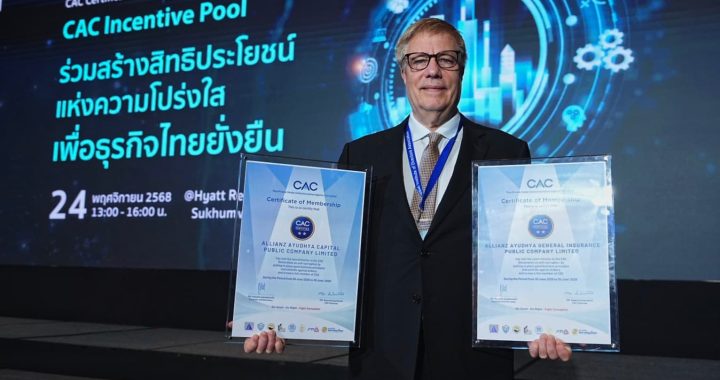MTJA celebrates 40 years of success of the Malaysia-Thailand Joint Development Area
Malaysia-Thailand Joint Authority celebrates the 40th Anniversaryof the signing of the Memorandum of Understanding in petroleum development in the Joint Development Area.
The JDA is considered a prime example of bilateral cooperation between two countries sharing a maritime border, finding a way to jointly develop a previously Overclaimed area for the benefit of both parties. Representatives of both parties reiterated the commitment to continued development of the partnership in the future during today’s anniversary celebration.
His Excellency, Mr. Sonthirat Sonthi-Jirawong, Minister of Energy of Thailand, said that Thailand and Malaysia have shared a long partnership, and have shared elements of culture, society and history for many centuries with the shared mindset of peace and cooperation. “The Malaysia-Thailand Joint Authority (MTJA) is considered the beginning of a grand mission between two countries to work on behalf of our governments for the benefit of both countries in the Malaysia-Thailand Joint Development Area (MTJDA), which spans a total of approximately 7,250 square kilometers. The agreement also includes sharing cost and benefits from the exploration and production of petroleum under the Production Sharing Contract over the course of 50 years, which shares responsibilities and profits between the two governments at a ratio of 50:50. This is agreement is a globally accepted example of cooperation between countries sharing a maritime border finding a way to jointly develop what was a previously disputed area. The anniversary celebration was also honoured by the presence of YB Dato’ Seri Azmin Ali, the Minister of Economic Affairs of Malaysia, who also presided the event alongside His Excellency.
Dr. Kurujit Nakornthap, MTJA Thai Co-Chairman added that this area is of great importance, and has created enormous benefits for Thailand because it is a key source of natural gas: being the source of 509 million cubic feet per day of the gas Thailand brings in, which comes to 16 percent of Thailand’s natural gas procurement (3.252 billion cubic feet per day). This procured source is divided into two sections. The first section – 163 million cubic feet – is transported to Songkhla province and Chana Power Plant to become the main source of fuel for logistics in the Southern-most provinces, and to be a source of NGV 12 gas at fuel stations across Surat Thani, Nakorn Si Thammarat, Songkhla and Pattani. The natural gas is the main source of fuel for the production of electricity at Chana Power Plant, which is a crucial element of the economic security for businesses and households of the South. Secondly, 346 million cubic feet of the gas from the JDA is sent to Rayong Province to become the raw material for the petrochemical industry, as well as fuel in the production of electricity for Central and Eastern provinces of Thailand.
Currently, there has already been 40 years of cooperation between the two nations, and we will now be stepping into the final decade of collaboration under the MOU. Assessment of the potential of petroleum in the area by the MTJA has concluded that there is still a high volume of natural gas, which can create energy security for both Thailand and Malaysia for at least the next 20 years, and will also create other related benefits for the population and communities in the surrounding areas for both countries as well. These benefits include the promotion of the use of raw materials, increased employment, stimulation of development of economics and industry, the development of related infrastructure, as well as being an concrete example for the international community of beneficial ways to resolve conflicts over disputed areas of land and sea.
As for YBHG Tan Sri Dr Rahamat Bivi Binti Yusoff, MTJA Malaysian Co-Chairman, said that the Malaysia-Thailand Joint Authority has been working for the past 40 years with great cooperation from Thailand. The Joint Development Area is incredibly important in demonstrating the possibilities for collaboration and cooperation in solving a disputed maritime border.
Currently, the Joint Development Area has three blocks of production of petroleum and natural gas, which are A-18, B-17 & C-19 and B-17-01, which produce a variety of economic benefits, including the employment of over 50,000 positions, and the support of 16 research grants for universities with a value of approximately 25 million US dollars. Research in 2019 has also demonstrated that the area can produce around 1,200 million cubic feet per day of natural gas in line with agreements, an average of 16,700 barrels per day of condensate, which could provide a combined income for the two countries of around 10 billion US dollars.
In addition to the income that is created, “intangible profits” are also produced for both sides, such as the exchange of knowledge, skills development, increased capacity for production, and the growth of a strong base for research in the production of natural gas directly at the source. After the contract period of the agreement in 2029, both countries believe that there will be continued cooperation in this area with increased parameters for the work done there to lift the quality of life and way of life for the people living in the area. It will also continue to create direct improvements for the economies of these areas, as well as create potential for other similar cooperation projects with other countries in ASEAN.
In addition to development in the energy sector, the two countries also have a framework for building sustainability both short term and long term in the form of a MTJA fund that focuses on research into technology and clean energy and creating more participation in solving climate change. After this, the focus will be put on deeper research, creating genuine participation in education and knowledge sharing so that this knowledge can be passed on to the next generation in the future with the aim of true and continued sustainable development for everyone.
